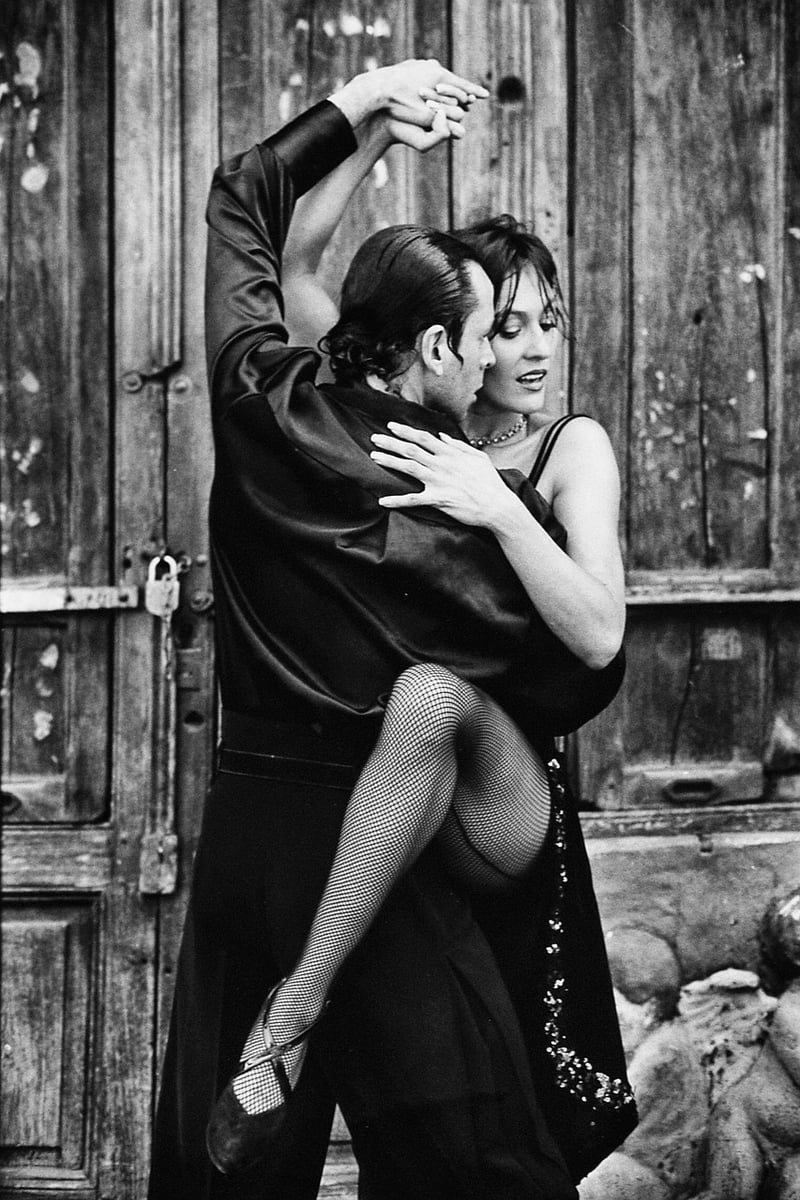Hip Hop
Exploring Expressive Movement Forms Through Hip Hop
When it comes to dance, hip hop is a genre that allows for immense creativity and expression. It's a versatile style that encompasses various movements and techniques, making it a perfect platform for exploring expressive movement forms. Let's delve into how hip hop can be a powerful tool for dancers looking to convey emotions and stories through their movements.
The Foundation of Hip Hop
Hip hop dance originated as a street dance style in the 1970s in New York City. It encompasses a wide range of movements including popping, locking, breaking, and more. What sets hip hop apart is its emphasis on self-expression, individuality, and storytelling through movement.
Embracing Emotions Through Movement
One of the key aspects of expressive movement forms is the ability to convey emotions through dance. Hip hop provides dancers with the freedom to express a wide range of emotions, from joy and excitement to anger and sadness. The dynamic nature of hip hop allows dancers to embody these emotions fully, creating a powerful connection with the audience.
Storytelling and Narrative
Incorporating storytelling into dance adds another layer of depth and meaning to the performance. Hip hop choreography often tells a story or conveys a message, allowing dancers to explore complex themes and narratives through movement. Whether it's a personal story or a social commentary, hip hop provides a platform for dancers to share their stories in a compelling way.
Exploring Creativity and Individuality
Hip hop celebrates individuality and encourages dancers to express themselves authentically. Dancers can infuse their own style and personality into their movements, creating unique and memorable performances. Whether it's through freestyle improvisation or choreographed routines, hip hop allows dancers to explore their creativity and push the boundaries of traditional dance forms.
Connecting with the Audience
Expressive movement forms, such as hip hop, have the power to create a strong connection with the audience. The raw emotion and authenticity of hip hop performances can resonate with viewers on a deep level, evoking strong emotions and leaving a lasting impact. Through hip hop, dancers can forge a meaningful connection with their audience and create memorable experiences.
Conclusion
Hip hop is more than just a dance style; it's a form of artistic expression that allows dancers to explore emotions, tell stories, and connect with their audience on a profound level. By embracing the dynamic and versatile nature of hip hop, dancers can unlock a world of creativity and individuality, making it a powerful tool for expressing themselves through movement.

Explore the world of expressive movement forms through hip hop and unleash your creativity on the dance floor!
